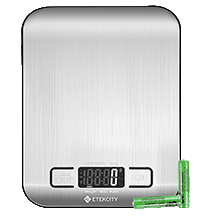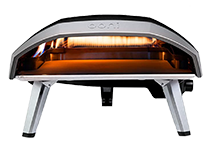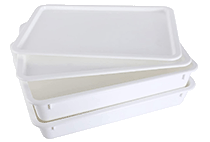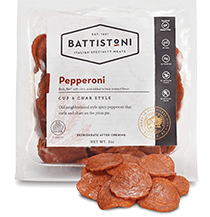Cheese lovers can agree on a lot of things. For example, the fact that Parmesano Reggiano is the only real Parmesan, that sharp cheddar deserves a place on the charcuterie board, and that baked Brie makes a decadent appetizer. But one thing that cheese lovers can’t seem to agree on is how much cheese to put on homemade pizza.
Key Takeaways
- The ideal amount of cheese on homemade pizza depends on the pizza style.
- Categorizing cheeses into soft (e.g., fresh mozzarella) and hard (e.g., Parmesan and other high temp cheeses) helps decide the appropriate amount for the perfect pizza.
- Pre-shredded cheese blends, often sold in stores, may contain additives to prevent clumping, affecting the cheese’s melting properties. Grating your own cheese with a quality grater ensures a better texture and flavor.
Table of Contents
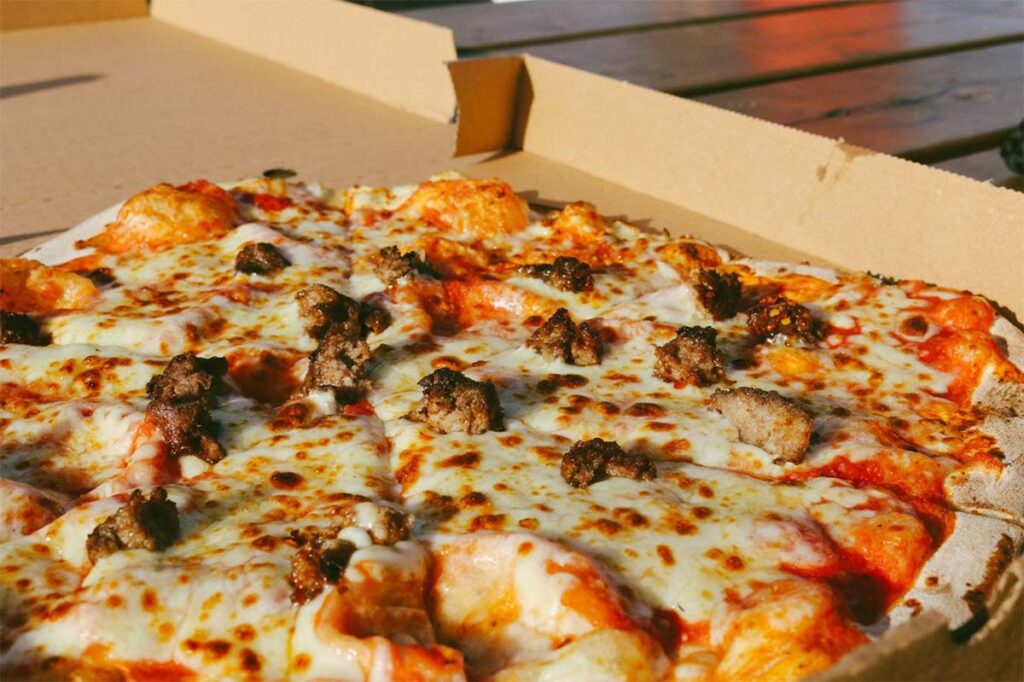
It is difficult to find the right answer because the right answer will vary depending on who you talk to and their favorite style of pizza. The classic Neapolitan pizza uses fresh mozzarella which is a wet cheese, and when added to a saucy Neapolitan pie makes a wetter pizza so less cheese is better.
But on Chicago deep-dish pizza, the cheese is the glue that holds all the thick layers together, so more cheese is better. Chicago tavern style pizza puts cheese all the way to the edges.
And if you are a fan of St. Louis-style pizza, then your biggest pizza concern isn’t how much cheese but the type of cheese. St. Louis-style pizza lovers need Provel cheese and nothing more.
We aren’t sure we can find an exact answer to the question of how much cheese is too much cheese. Or an answer to the even better question of, is there such a thing as too much cheese? But we are happy to explore it and see if we can figure out how much cheese to put on homemade pizza.
My mother in particular, always loves the extra cheese or double cheese option whenever she orders a pizza, so making homemade pizza is no exception. She does not particularly care for mac n cheese pizza, though.
How Much Cheese to Put on Homemade Pizza
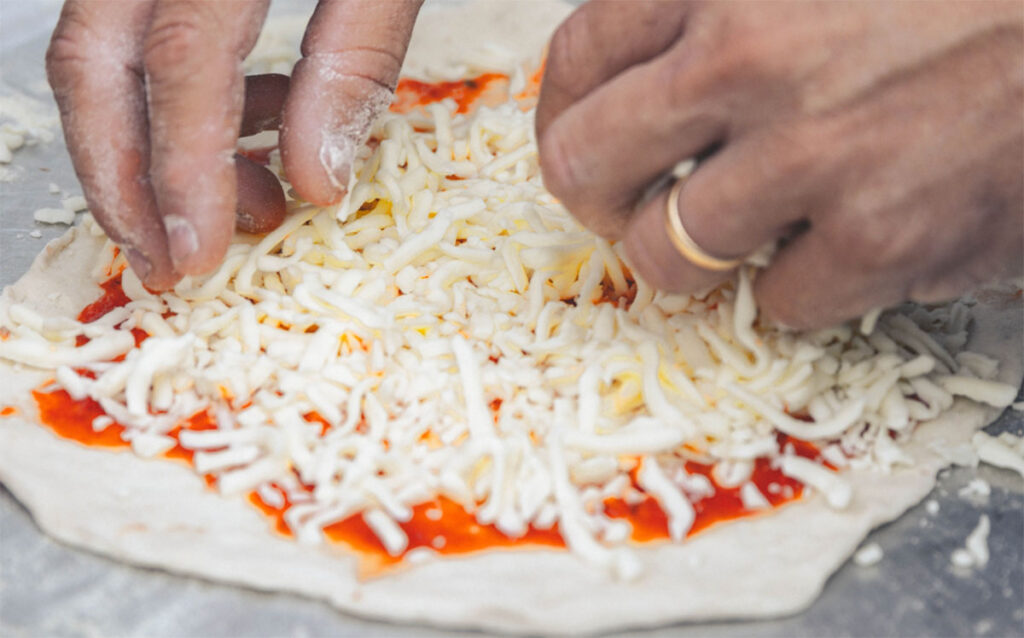
Some pizzaiolos believe the general rule of thumb for cheese on pizza is to put on six ounces of cheese for a 12-inch pizza. And nine ounces of cheese for a 14-inch pizza.
If you are like us, you may need to get out your best digital kitchen scale, like the Etekcity kitchen scale, if visualizing ounces in the abstract is difficult. So following this ratio is a great place to start. But we think you have to go back to the pizza style to figure out the best ratio for how you make pizza at home.
If you own a pizzeria or have ever worked in one, then you know that when mass-producing food, you have to make sure you have measurements for everything.
The manager at your local pizzeria does not train their pizzaiolos to use the amount that they like on a pizza. Instead, they have the right ratio that works for them to ensure their pizzas are always the same so loyal customers always know what they are getting.
So when a regular customer orders extra cheese, they know what the usual amount is, or when they ask for half the cheese, there is some baseline.
Pizza calculators are usually just for calculating water hydration to find the right flour-to-water-to-yeast combination, but you can find pizza calculators for toppings as well. But of course, they don’t take into account personal preference and style.
Whether you put the cheese under the toppings or on top, the thing you want to avoid is overdoing it with the cheese because there are some negatives to too much cheese.
For example, adding too much extra cheese is going to weigh down your pizza, and the cheese will release moisture and make for a heavy, greasy slice. Layers of heavy cheese can also become like glue and create their own texture, leaving you without any other textures like meaty pepperoni or crunchy peppers.
On the other hand, if the pizza doesn’t have enough cheese, it may lack a critical component of the overall dish. Like most things in life, it comes down to balance and finding what works for the style of homemade pizza that you make.
A Tale of Two Cheeses
In the context of cheese for pizza, we are going to divide cheese into two types because the type of cheese matters: soft and hard. Soft cheeses include fresh mozzarella, ricotta, goat cheese, blue cheese, and burrata. Hard cheeses include Parmesano Reggiano, Grana Padano, Pecorino, and low-moisture mozzarella.
So when deciding how much cheese to put on your homemade pizza, consider whether the cheese you are using is a heavier soft cheese or a light hard or semi-hard cheese to find the right amount to make sure your pizza has the perfect amount of cheese every time without getting to soggy and oily.
Another way to know the right amount of cheese to use is by texture and crust type. A thicker crust is going to be able to hold more, while a thinner crust needs to more lightweight topping to keep from being a soggy mess.
So the best way to gauge how much cheese to put on homemade pizza is to consider the type of cheese and the style of crust. If you focus on balance you should be able to make an amazing pizza each and every time.
Why You Should Grate Your Own Cheese
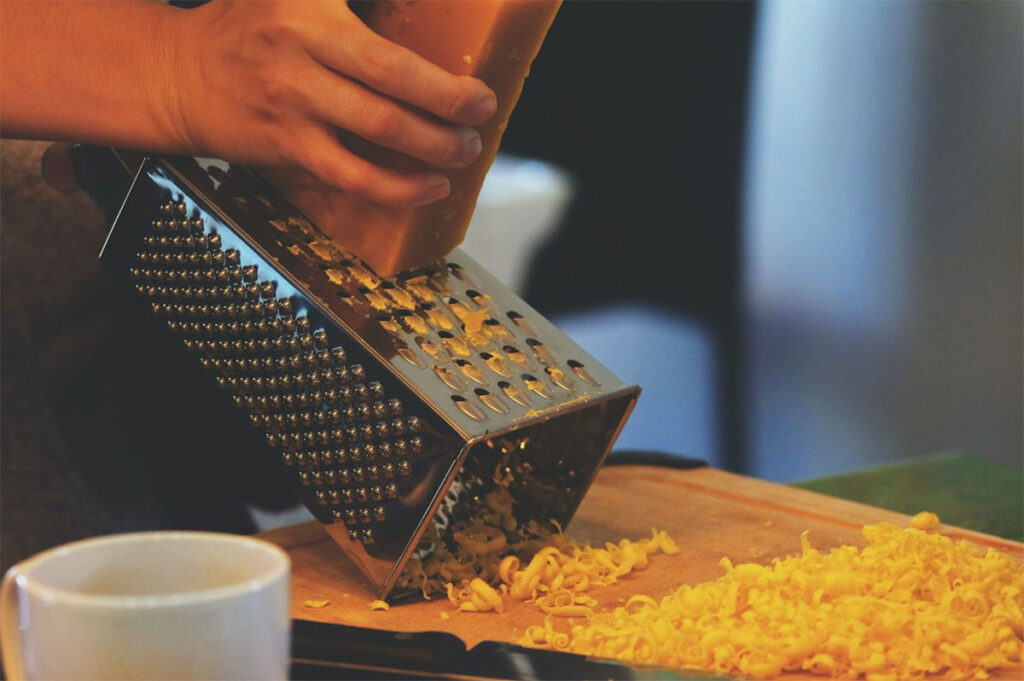
You may have noticed in the cheese list, we didn’t include the pre-shredded cheese blends often sold as Italian cheese blends. The reason is that you should avoid pre-grated cheese at all costs, whether they are a blend of just one cheese; pre-grated cheese is not ideal for pizza.
To keep the pieces of shredded cheese from sticking together and making a gross clump in the bag, the manufacturers add chemicals to keep it from clumping, and this, in turn, keeps the cheese from properly melting. Maybe you love chemicals in your food, but we sure as heck do not.
We know it seems like another kitchen task to grate your own cheese, but with a good cheese grater, it’s a simple task that won’t add too much time to your pizza prep routine. After the first pizza we started grating our own cheese, we never went back to store-bought packs of shredded cheese.
Is Pizza Without Cheese Still Pizza?
Yes, it is still pizza. While cheese is considered part of the trifecta of things that make pizza; dough, cheese (even high heat cheese), and sauce, it is still technically a pizza without cheese.
More and more pizzerias are offering vegan pizza; sometimes, they use vegan cheese, and other times, they replace the cheese altogether and get the creamy component from umami-rich sautéed mushrooms or silky tofu.
Some cheese-less pizzas become a tasty salad pizza. With so many dietary differences, it’s important that everyone has access to our favorite food and the favorite food of many across the world, pizza. So whether you are dairy-free, gluten-free, vegan, or vegetarian, no one should ever be denied pizza.
Frequently Asked Questions
Is there a universal rule for how much cheese to put on homemade pizza?
No, the ideal amount of cheese varies based on personal preferences and pizza styles. Different regional styles, crust thickness, and cheese types influence the optimal cheese quantity.
What are the recommendations for cheese quantity based on pizza size?
Some pizzaiolos suggest a general rule of six ounces of cheese for a 12-inch pizza and nine ounces for a 14-inch pizza. However, the key is to consider the pizza style and personal taste preferences.
How does the type of cheese affect the amount to use?
Cheeses are categorized into soft (e.g., fresh mozzarella) and hard (e.g., Parmesan). Soft cheeses are heavier, and the type of cheese should be considered when determining the right amount to avoid a soggy or oily pizza.
Why is it recommended to grate your own cheese instead of using pre-shredded blends?
Pre-shredded cheese blends often contain additives to prevent clumping, affecting the cheese’s melting properties. Grating your own cheese ensures a better texture and flavor for your homemade pizza.
Is pizza still considered pizza without cheese?
Yes, pizza is still pizza without cheese. Many pizzerias offer cheese-less options, sometimes using vegan cheese or replacing cheese with umami-rich ingredients like sautéed mushrooms or silky tofu to cater to various dietary preferences.
What do you think about the big question, how much cheese to put on homemade pizza?

